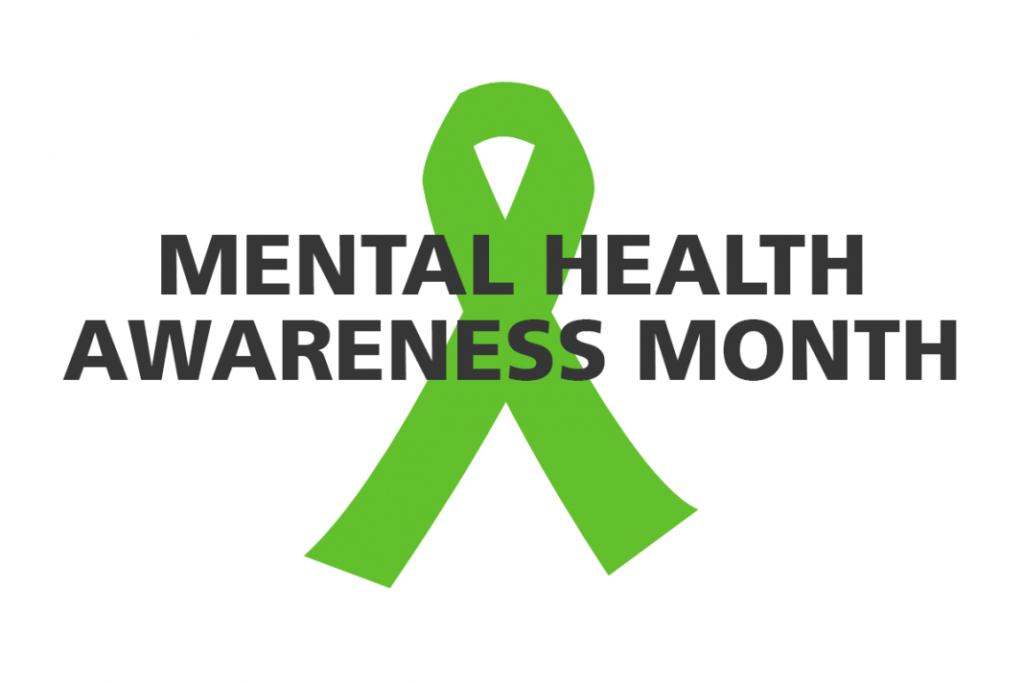From Linda M. Rio, M.A., Marriage & Family Therapist – Each year the month of May is dedicated to educating and raising awareness about Mental Health with the designation of Mental Health Awareness Month. And although I strongly believe we need increased understanding, along with research a part of me wishes the line between what is “mental” and what is “physical” was not continually reinforced by such attention. Of course, some ailments do fall more clearly in the physical realm such as a broken arm. A broken bone can be visible with x-ray. Most ailments of the emotions or mind are elusive and hard, if not impossible with today’s science, to understand the origins. But some disorders fall in the middle. Some pituitary disorders are visible with imaging techniques: they can be found and even tumors surgically removed but also are accompanied by such intangible feelings of fear, rage, sadness, paranoia and much more.
Suicide is often considered the ultimate expression of a mental health crisis or illness. Even today graduate schools in the psychological fields rarely teach students that there could be a physical cause or connection to such serious feelings and thoughts. A paper entitled “Increased Incidence of Pituitary Microadenomas in Suicide Victims” (Lis et. al, 2007) examined 151 human pituitary glands examined upon autopsy. Of these subjects, 70 were suicide victims and 47.7% were found to have pituitary microadenomas. Of those in the non-suicide group, only 18.3% were found to have microadenomas. The researchers concluded that pituitary adenomas belong to suicide risk factors. In 1999 the then Secretary of Health and Human Services, Donna E. Shalala wrote in a report that, Mental disorders are tragic contributors to mortality, with suicide perennially representing one of the leading preventable causes of death in the United States and worldwide (1999). According to this same report, nearly two-thirds of all people with a diagnosable mental disorder do not seek treatment (Shalala, 1999, p.7.). Hopefully, since this report, more attention has been paid to mental health needs but has there been more attention paid to the psychobiological connection between pituitary and mental disorders?
Depression, anxiety, loss of libido, poor concentration, mental confusion, low energy, apathy, even psychosis, and more are frequently not seen as biologically related. Such symptoms that can potentially connect the psyche with the body are typically labeled, even dismissed, as “only psychological” without consideration of the interconnectedness between mind and body, individual and family (Blevins & Rio, 2014, p. 18).
A person with a pituitary disease may incur a variety of losses, from the loss of seeing oneself as healthy and invincible to an inability to work to loss of sex drive and intimacy, to the inability to fulfill other normal social roles in life (Golden, p. 17). Of course, any physical illness can and frequently does affect a person’s mental state and overall quality of life. It is hard to imagine a diagnosis of cancer, heart disease or any other serious and/or chronic physical illness not having an effect not only on the person directly affected but their family and other close relationships as well. Not only are the mind and body intricately connected but so too are the people who are in close proximity to one another. The reason for this is that not only does the body have various systems such as the endocrine system, but people form systems too. Parents and children form the most basic of systems that connect to friendship systems, workgroup systems, city, states and governmental systems. This is a reason why we try, in society, to address the physical and mental health of its members because we all affect one another.
So, in this month of celebrating Mother’s, flowers and spring, and mental health let’s hope we can all be a little more cognizant of signs and symptoms of health issues, mental and physical; be less judgmental of which category things belong and more concerned with how best to listen accurately then acknowledge, validate, support, treat.
Here are a few mental health resources.
- National Alliance on Mental Illness: www.nami.org
- American Association for Marriage & Family Therapy: www.aamft.org
- American Foundation for Suicide Prevention: https://afsp.org/
- American Psychological Association: www.apa.org
- National Suicide Prevention Hotline: 1-800-273-8255 https://suicidepreventionlifeline.org/
- The Mighty: @TheMightySite (Facebook)
REFERENCES
Blevins, L.S. & Rio, L.M. (2014). Introduction. In L. Rio 9(Ed.), The hormone factor in mental health: Bridging the mind-body gap(17-37). London: Jessica Kingsley.
Lis, G.J., J.A.Litwin, E.R. Zepecha-Wozniak, F.Trela, T. Cichocki (2007). Increased incidence of pituitary microadenomas in suicide victims. Neuropsychobiology,55, 163-166.
Shalala, D.E. (1999). “A message from Donna E. Shalala, Secretary of Health and Human Services.” In US Department of Health and Human Services Mental Health: A Report of the Surgeon General. Rockville, MD: US Department of Health and Human Services, Substance Abuse and Mental Health Services Administration, Center for Mental Health Services, National Institutes of Health, National Institute of Mental Health.
© 2018, Pituitary World News. All rights reserved.
